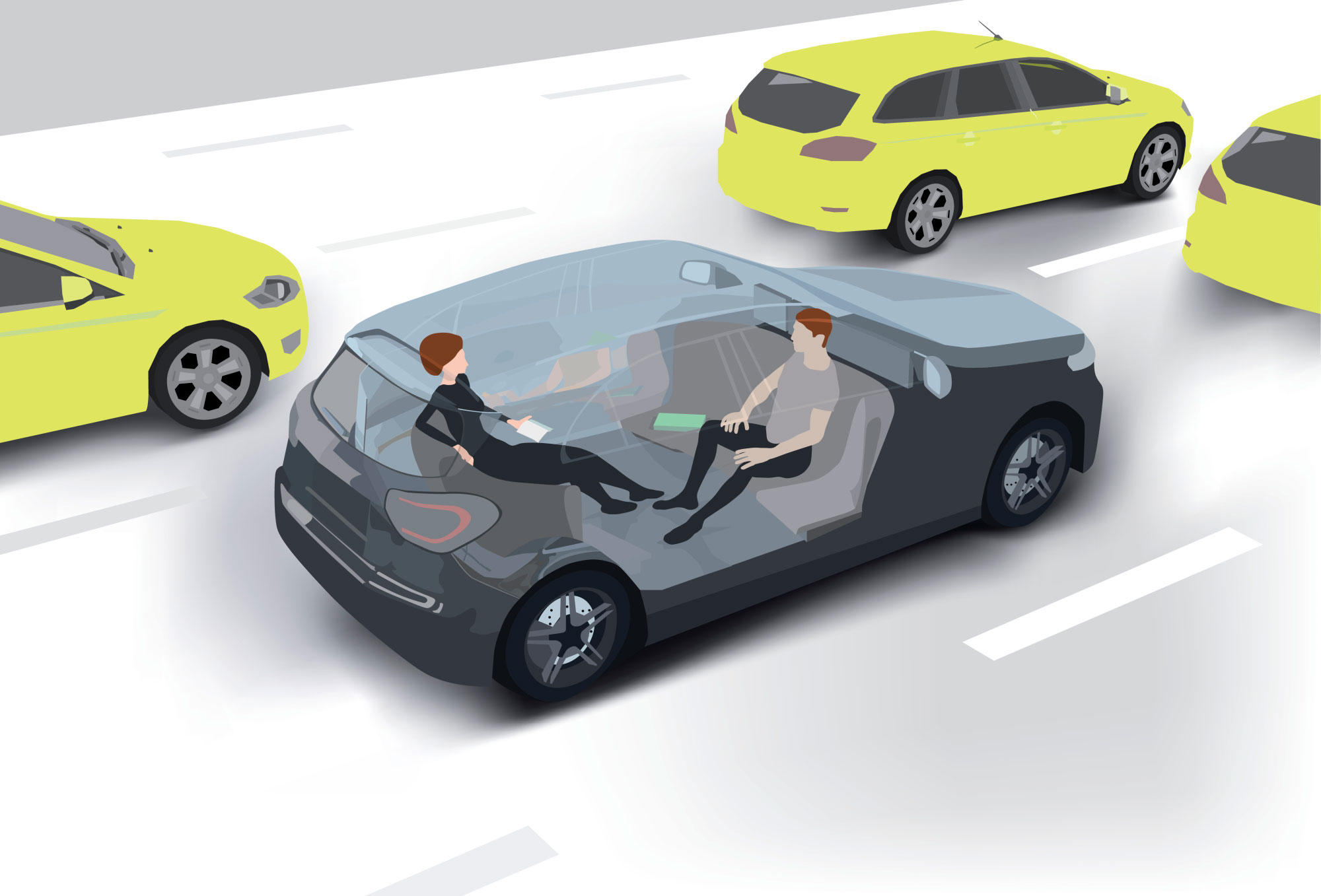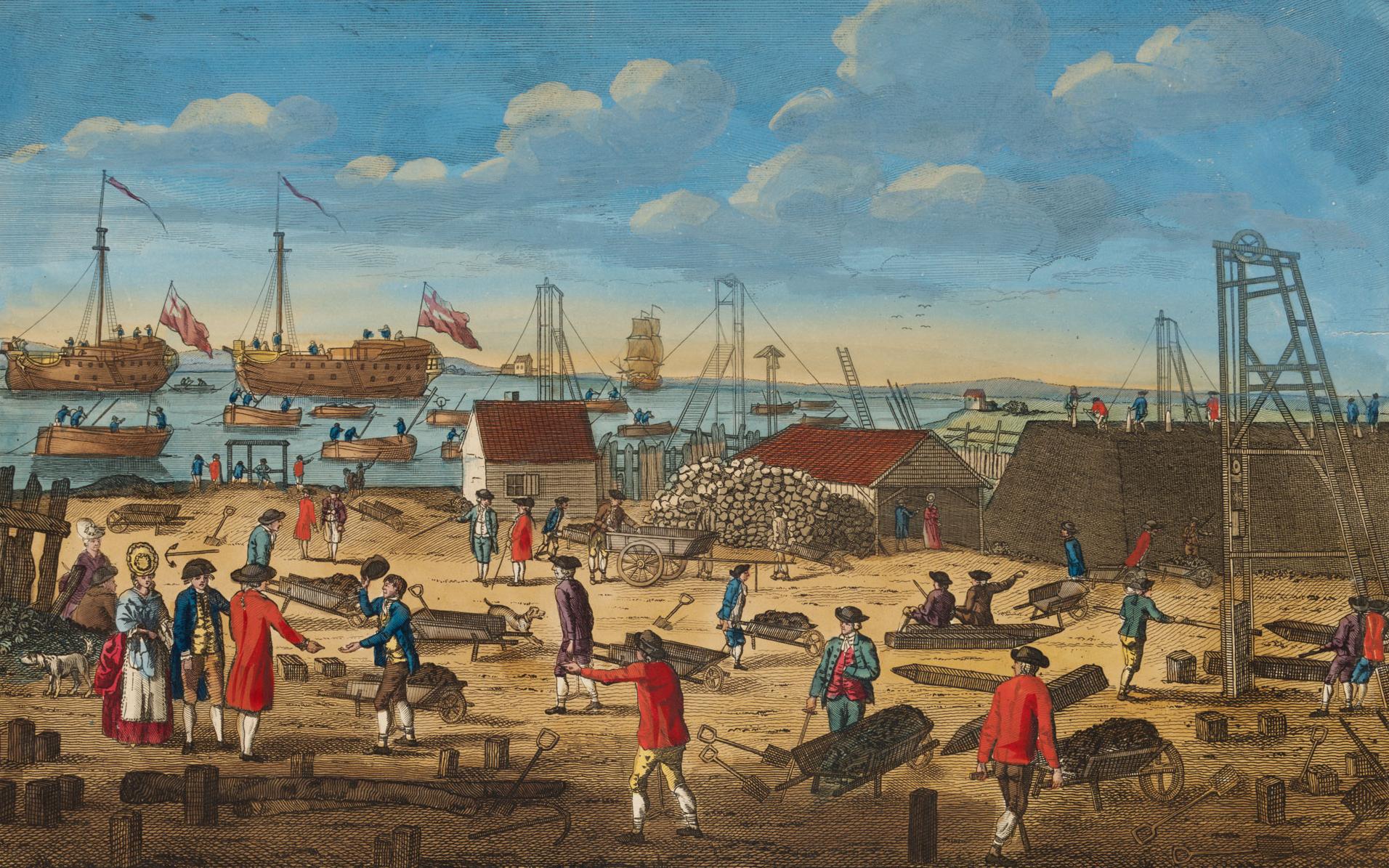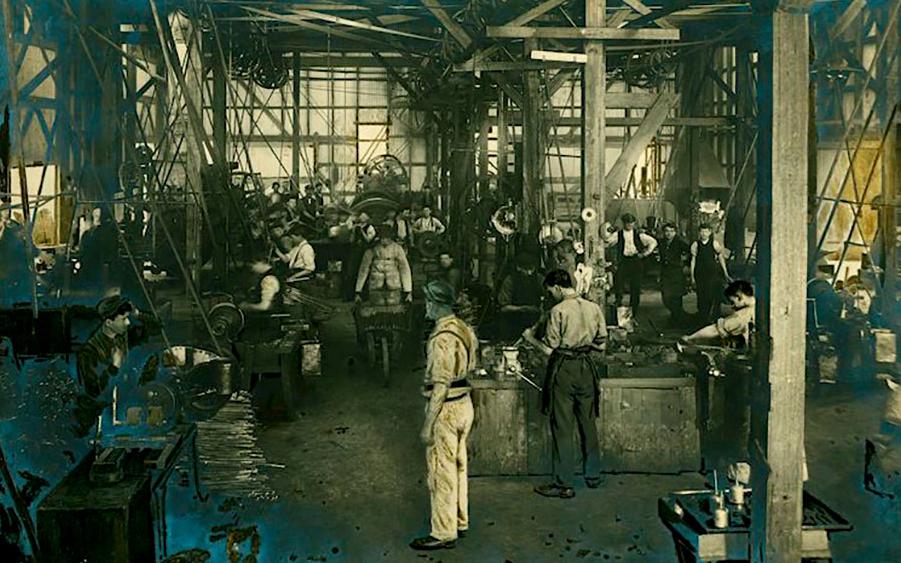Learning module:
Industrial Revolution Defining Moments, 1750–1914
Setting the scene
What is change?
You are about to study one of the greatest periods of change in human history.
What does change mean? What happens when something changes? What causes it? What are the consequences of it?
Here are some activities that will help you begin to think about the nature and meaning of the changes caused by the Industrial Revolution between 1750 and 1914.
Change is personal
You are going through changes in your life all the time. For example you might change your hairstyle, or you might have recently changed where you live. There might have been a change in your family, your taste in music, or what you are studying at school.
1. Make a list of aspects of your life that have changed recently in the left column of the table below. Do not worry about whether they are important or trivial, just list 10 changes that you can think of (you will not need to share this with anyone).
2. Then think about the features or characteristics of these changes. These could include being forced or voluntary; temporary or permanent; minor or major; beneficial or harmful; personal/individual or general; quick or gradual. List as many characteristics as you can for each change in the right column of the table.
You can save or print this private change summary table and use it to help you think about change as you work through your investigations into the Industrial Revolution.
Change is social
Most of the changes you have thought about so far are personal. Other types of change can affect a whole society in many ways — economic, social, political and environmental.
Let’s start by looking at the world you know today. Think about what impacts one simple change might have on how people live, on the community and society you live in, and even on the environment.
For example, many researchers are trying to develop an autonomous vehicle — a driverless car. There are prototypes that they are testing. It may soon become a significant part of your life.

So, if this change occurs, what impacts will it have?
What would be the impact on public transport? People could be ‘driven’ to work or school, and the car would then automatically go back home. How would this impact car parking and traffic? Would students be able to ‘drive’ a car without a driver’s licence?
Discuss the idea of this change and the impacts it might have. Would these be beneficial or harmful? Could they be both?
3. Use the table below to summarise your ideas.
| Aspect of the impact | What would change | The results/consequences |
|---|---|---|
| Roads | ||
| Public transport | ||
| Parking | ||
| Laws | ||
| Health | ||
| Employment | ||
| Shopping areas | ||
| The city centre | ||
As you explore the Industrial Revolution you will be looking at what changed, what the impacts of those changes were, and whether they applied equally to all.







